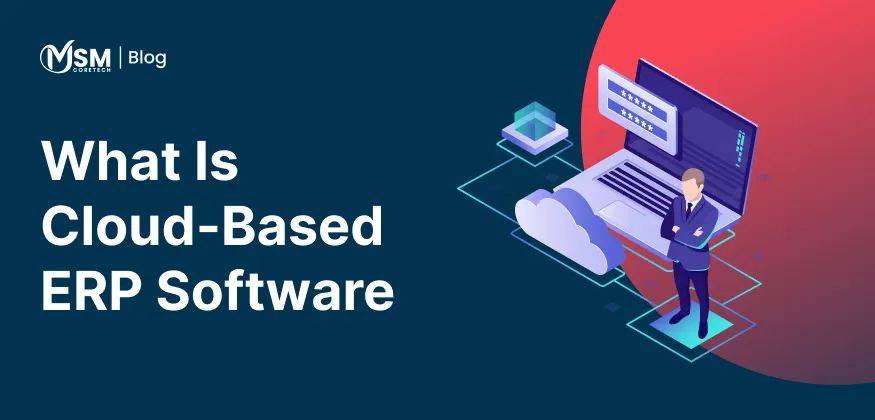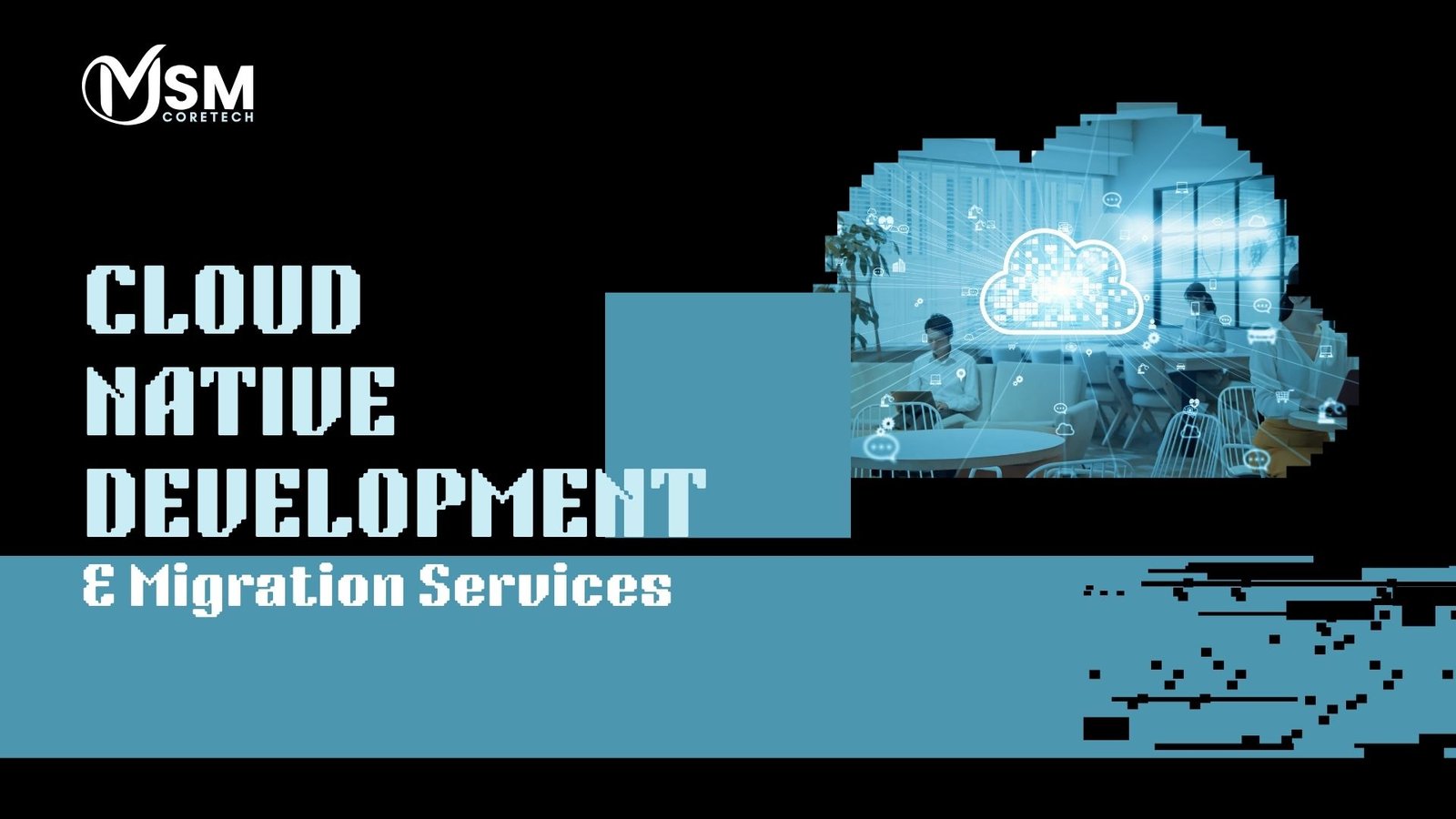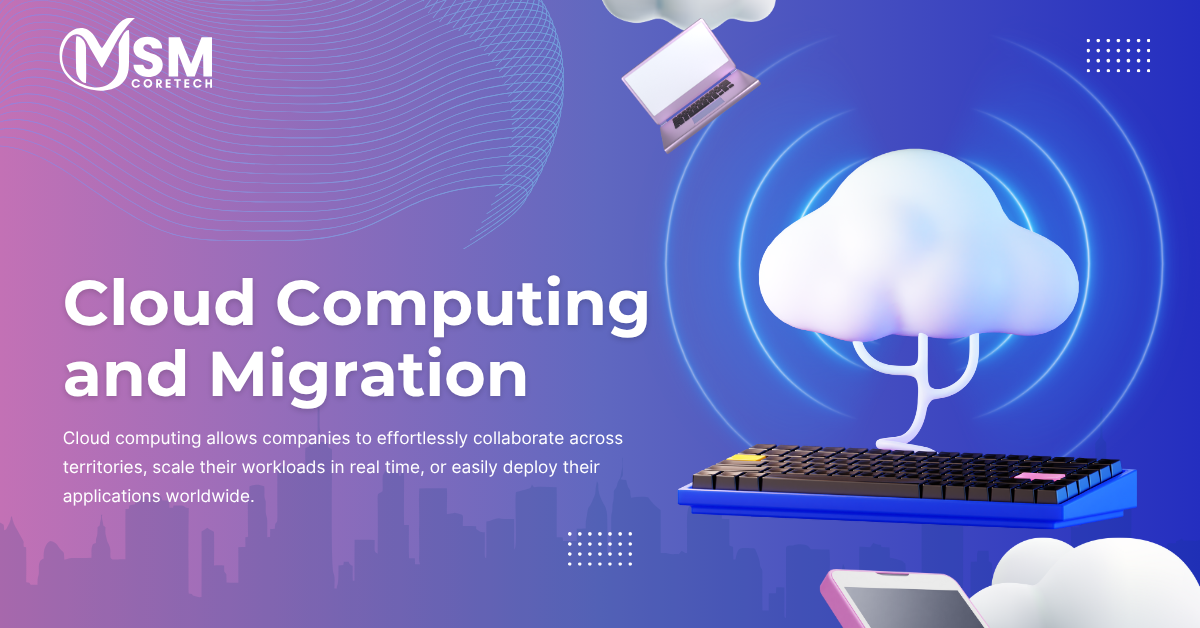Budgeting Your Move to the Cloud: Cost Breakdown
Cloud migration is a mechanism for shifting data, applications, and other IT resources from one cloud system to another. This transformation offers businesses to have advantage of cloud mechanisms such as improved flexibility and scalability, cost-effectiveness with enhanced governance and security.
However, cloud migration is both financial and strategic, as it transforms large IT expenditures into flexible operational expenses, helping to achieve greater agility and cost-effectiveness.
Budgeting before transferring one cloud to another is very important to control operational costs after cloud migration. This budget helps in predicting expenses, planning for overcoming challenges like data transferring, and leveraging functions like tracking and monitoring performance on the cloud.
This blog aims to examine cloud migration cost and pricing by exploring components like security, licensing, and infrastructural development. The blog helps to guide how to budget for cloud migration and leverage strategies by which cloud migration expense planning could be achieved.
Importance of Cloud Migration in Budgeting
Budgeting for cloud migration is very crucial to avoid exceeding expenditures and ensure a path to achieve the desired set of goals. While cloud setups offer in reducing costs by replacing traditional IT practices, and provide operational scalability.
However, cloud migration also increases cost, such as cloud native development cost, data transferring fees, and training staff for the new cloud mechanism. Without proper planning and financial budgeting, companies have over expenditures or underutilization of resources, which leads to cost unpredictability and failure in realizing the full potential of the cloud value.
5 Common Challanges without Proper Budgeting
- Hidden costs – Failing to consider possible costs like upgrades in network connectivity, temporary activity of dual running systems, and ongoing system optimization increases overall costs.
- Increased technical debt – Fast working on the project due to cost constraints can result in poor infrastructure costs and can lead to ineffective working, developing a technical debt, which can lead to a significant rise in technical debt.
- Poor control and visibility – Without a pre-planned budget, companies lack the important insights to manage and plan cloud migration expenses, leading to ineffective resource allocation.
- Cost overruns – Undermining the actual cost of the full scope of the cloud migration cost, including software licensing, data transferring, can easily lead to an increase in the budget.
- Operational malfunctioning – Due to a lack of proper financial planning decision-making process can become hasty, affecting the stability, performance, and can lead to downtime between or after migration.
Key Components of Cloud Migration
Cloud migration components are necessary as they offer essential benefits such as reduced cost, scalability features with flexible structures, with improvised performance and productivity.
Key Components of Cloud Migration can be segmented into five different categories -
- Infrastructure and service costs – This category covers all the cloud resources costs at the time of migration. The selected cloud model infrastructure as a service, software as a service, or platform as a service leverages the whole cost structure. These different models often vary their cloud migration pricing by usage, offering options like pay-as-you-go or reserved options.
- Migration costs – These categories include the cost required for migration, which is a time cost. This step includes factors like data transferring, which can vary according to the size of the data, and reforming applications to make them cloud-ready. Moreover, companies can incur more migration costs by having consulting services or hiring a third-party vendor to perform the migration process.
- Compliance and licensing – Companies should consider taking software licensing for their cloud, which comes with new cloud compliance. Legal requirements may require more cost involvement, especially in industries that have very strict data privacy policies, as cloud deployments require regular audits and configurations to achieve the compliance certificate.
- Monitoring performance and security – While cloud providers offer the best security measures, the company remains answerable for some of the aspects, such as firewall configuration and leveraging encryption services for sensitive information. In addition, the migration process itself requires a secure environment, with the help of purchasing additional privacy applications.
- Change management and employee training – Migrating into a new cloud system introduces new technologies and tools, requiring employees to learn new skills and upskill their existing knowledge. Leveraging change management practices is crucial to adapt to change quickly and settle into the new environment. This investment in training employees and implementing change is necessary to achieve long-term goals successfully.
Cloud Migration Strategy
| 7 R’s | Description |
| Rehost | Lift-and-shift approach; move applications to the cloud with minimal changes. |
| Replatform | Make slight optimizations (e.g., using managed services) without major redesign. |
| Repurchase | Replace existing applications with SaaS solutions. |
| Refactor (Re-architect) |
Redesign applications to fully leverage cloud-native capabilities. |
| Retire | Decommission applications no longer useful or cost-effective. |
| Retain | Keep certain applications on-premises due to compliance, cost, or complexity. |
| Relocate | Move entire workloads (VMs/servers) directly to the cloud without redesign |
Hidden or Overlooked Cost
Hidden costs in the cloud migration process include functions like data transferring, mismanaged resource allocation, governance and compliance lacks, and vendor ins.
Key overlooked costs –
- Vendor-lock in – Dependence on a single cloud service provider can develop long-term obstacles and delay the long-term operational success, leading to cost inflation.
- Data transferring bandwidth – while data transferring is very cheap or free (transferring data out of the cloud region) can offer significant cost, majorly incase of large data sets.
- Resource allocation – A common mistake made by all companies is that leveraging more resources than is required, which can lead to overutilization of the resources, which can incur costs.
- Security compliances – Failing to leverage effective security measures or can’t unable to meet the industry compliance requirements can result in costly fines and damage the company's image in the market.
Cost Optimization in Cloud Migration
Cost optimization in cloud migration environments includes strategic methods to decrease the overall expenditure while enhancing performance and effectiveness.
Key strategies include –
- Right-sizing resources – This includes aligning resource allocation according to the workflow requirements, which prevents future wastage. Applications like Azure Advisor offer insightful recommendations for upskilling the underutilized resources for maintaining balance to reduce the hidden costs.
- Reserved vs on-demand instances – Selecting the right purchase model can potentially affect the cost. On-demand instances help in circumstances with heavy workloads, but are expensive in nature. Reserved instances offer small amounts of sustainable discounts in exchange for a commitment to product use, ideal for long-term use.
- Multi cloud vs Hybrid cloud considerations – Establishing multi cloud systems can offer competitive pricing, but requires cautiousness in the cost of transferring the data. Hybrid cloud considerations in the combination of on-premise resources and public cloud network, while leveraging the cloud for large workloads.
- Implementation of cost-management tools –
- AWS cost explorer – This tool offers useful insights into AWS costs and usage, offering thorough analysis of spending patterns, forecasting, and reporting.
- Azure cost management – This tool also offers a macro analysis of costs, budgeting, and strategies for optimization.
- FinOps and automation – Leveraging automated cost monitoring, reporting, and optimization tools to examine possible cost overruns. Combining FinOps principles with automation processes helps businesses ensure the avoidance of possible cost increases, maximizing the ROI during and after the cloud migration process.
Step-by-Step Framework to Build a Cloud Budget
- Define clear objectives and align stakeholders – Determine the goals the business aims to achieve with their cloud budget, like budget controlling, more operational scalability, and enhanced financial decision making.
Leverage the importance of the goal to all the team, IT, business, and finance, so that they can understand the goal fully and work on it with enthusiasm. - Identification of cost drivers and analyzing current expenditures – Gather information from all cloud servers to analyze the spending structure of the company. Identify possible cost-driving operations such as storage and data transfer, and analyze underutilized resources to strike a balance between spending and earning.
- Implement a tagging policy – Develop a resource tagging policy to monitor the use of resources to reduce overspending and utilization. Tags also help in the inventory management process, as by tag list company can determine its stock anytime, as it is available on the cloud server.
- Predict future costs – Analyse the current spending patterns and usage patterns to determine the future needs. Utilizing AI-powered forecasting tools helps in developing solutions to build more precise solutions.
- Sets budgets and Alerts – On the basis of the prediction, set clear budgeting limits for distinct teams and projects according to their requirements. Implement cloud budget alerts to notify stakeholders of financial needs and assessments.
- Regular optimization and feedback analysis – Deploy regular budget audits to identify possible mistakes and opportunities. In addition, encourage constant optimization and budgeting strategies to ensure long-term growth.
Future Trends in Cloud Cost Management
Future cloud cost management leverages the importance of the use of AI tools and predictive applications with the implementation of automated tools in monitoring, financial assessment, and proper resource allocation.
Trends –
- Encouragement of AI-powered budgeting and predictive analysis – Advanced AI tools examine an ample amount of cloud data in one go to identify potential risks and cost ineffectiveness. Predictive analysis helps in forecasting the budget according to the spending, which helps in enhancing cloud migration budgeting considerations.
- Sustainable considerations – Cloud servers help in assessing the ethical and sustainable usage of the resources to assess the environmental impact. Moreover, cloud servers can also help in implementing strategic cloud resources, which can lead to net-zero carbon emissions.
- Growth of serverless computing –
Serverless computing is becoming a trendier thing in today’s digital era as it replaces the efforts of developers in developing server infrastructure. With the help of this method, cloud service providers can better maintain and scale their operations. - Advancements in cloud security – Cloud governance and security are transforming very quickly and are driven by new technological innovations. New AI and machine learning technologies help in reforming the security measures as they enable a system that can examine large data volumes to detect potential threats and risks involved.
- Enhanced cloud-native development – Cloud-native development is a trendy function that focuses on developing and running applications and servers curated for a cloud environment only. By implementing cloud native strategies, businesses can build applications that are flexible, scalable, and resilient.
Conclusion
Sustainable cloud budgeting is very crucial for reforming the cloud investments to ensure financial stability. Without proper budgeting, the scalability and flexibility of the cloud resources can lead to overspending. In addition, a strategic method for cloud budgeting ensures resources are used fully, aligns the introduction of new technology with the spending structure, and enhances the company’s competitive edge.
However, it has been examined that the need to align cost, scalability, and efficiency is very crucial in achieving organizational financial success. Successful cloud migration requires financial planning rather than reducing costs. Leveraging cross-functional collaboration, budgeting guidelines, and real-time data monitoring is very necessary. For empowering a cost-effective culture, businesses can handle issues before they happen, assuring long-term growth and cloud success.
Related Blogs

What Is Cloud-Based ERP Software and How Does it Benefit Your Business?
Cloud-based ERP software helps business owners manage operations more efficiently by centralizing data, automating workflows, and improving real-time decision-making. It offers flexibility, scalability, and cost savings, making it an essential modern solution for growing businesses.
Read More

Future-Ready with Cloud-Native Development & Migration Services
Unlock agility and scalability by exploring how cloud-native development and migration services prepare your business for tomorrow.
Read More

Cloud Computing & Migration 2025: Models, Benefits, Challenges & Best Practices
Master cloud computing in 2025 with insights into models, benefits, migration challenges, and solutions.
Read More




